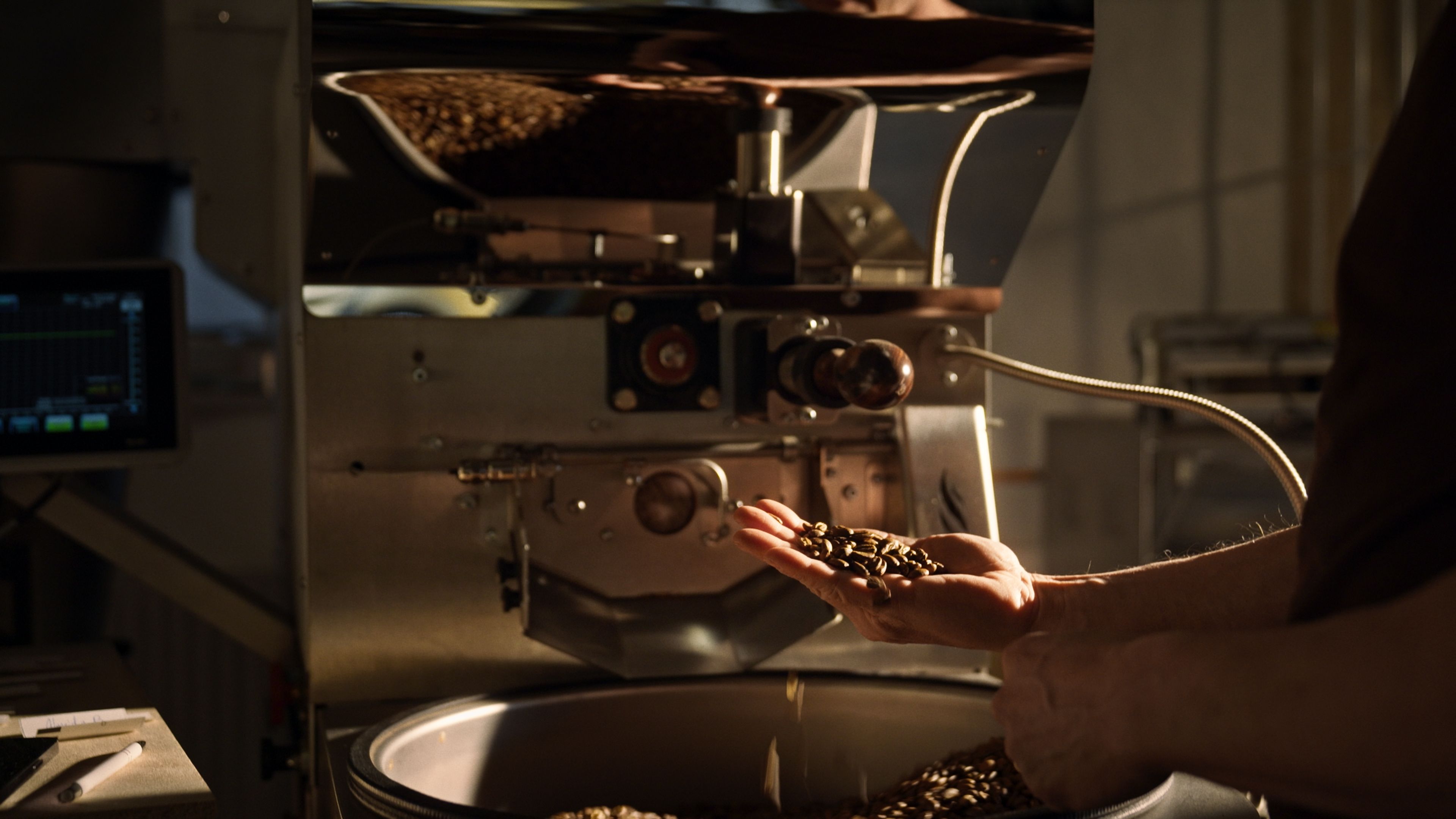How Much Caffeine in a Cup of Coffee?
Last updated: October 2025
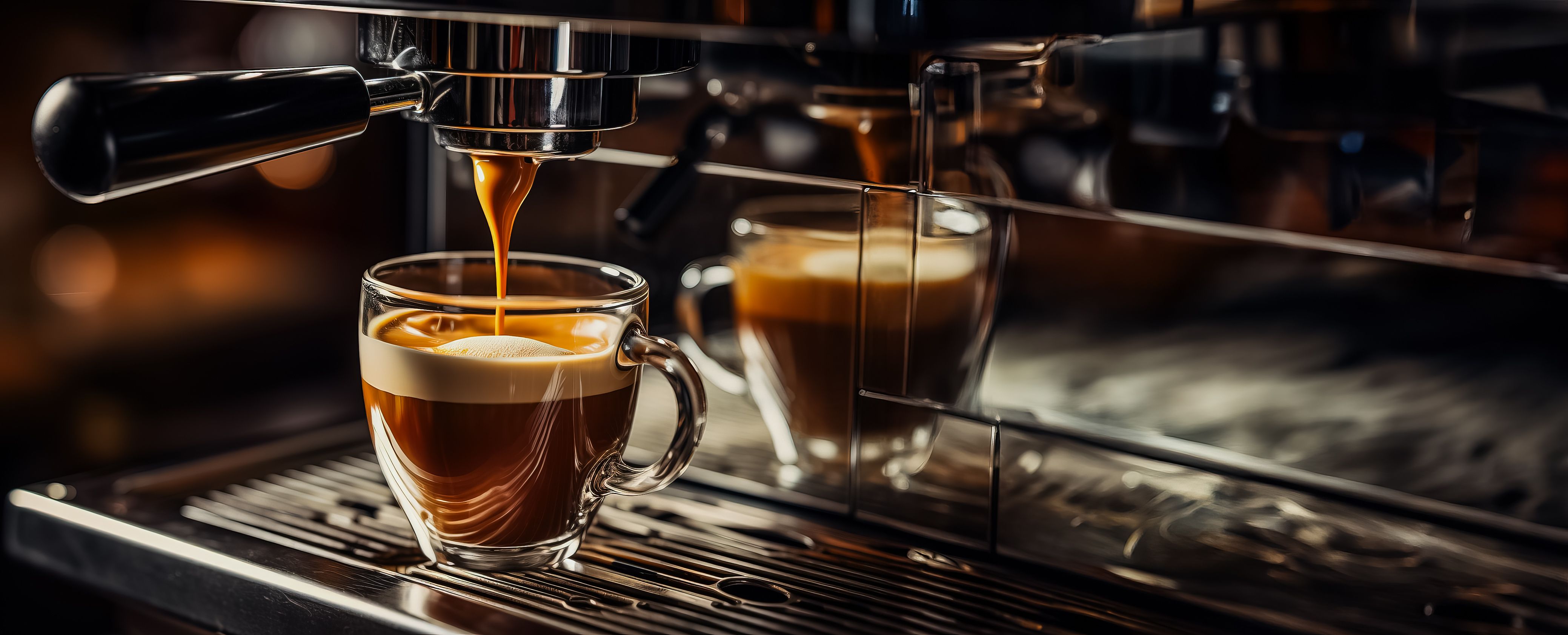
Introduction: Why Caffeine in Coffee Matters
Caffeine is the world’s most widely consumed natural stimulant — found in coffee, tea, and even chocolate. The caffeine content in coffee depends on the coffee beans, brewing methods, and serving size.
On average:
- Brewed black coffee (8 oz): 80–100 mg caffeine
- Espresso (1 oz): 63 mg caffeine
- Cold brew coffee (16 oz): 197–213 mg caffeine
- Instant coffee (8 oz): 60–80 mg caffeine
- Decaf coffee (8 oz): 2–5 mg caffeine
Even decaf coffee isn’t entirely caffeine-free — it still contains trace amounts.
Types of Coffee and Their Caffeine Content
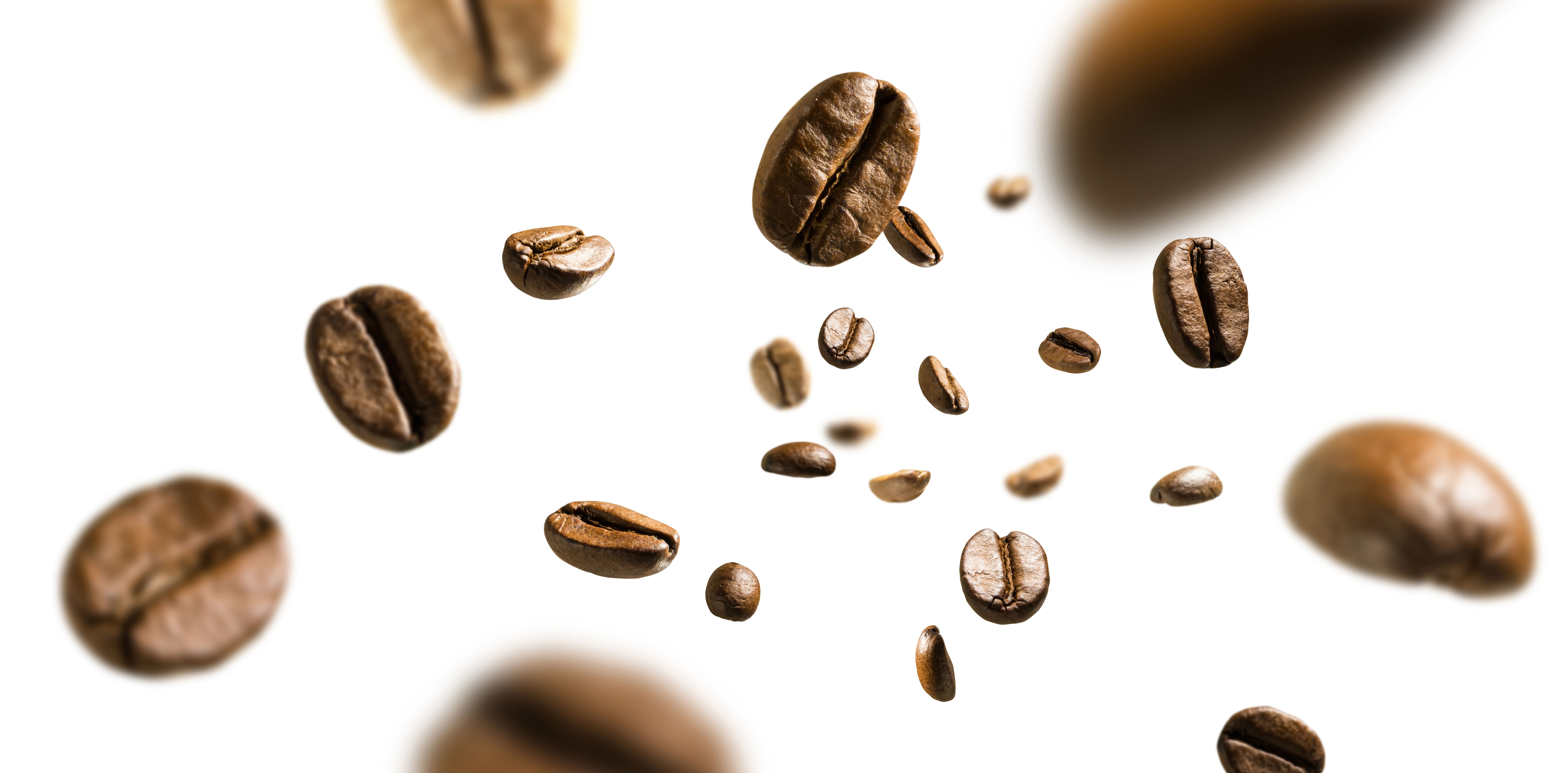
1. Black Coffee
Classic brewed coffee typically contains 80–100 mg of caffeine per 8 oz. The exact level depends on bean type, roast, and coffee-to-water ratio.
2. Espresso
A concentrated shot with around 63 mg of caffeine per ounce. Espresso coffee made from robusta beans can contain nearly twice as much caffeine as arabica coffee.
3. Cold Brew Coffee
Steeped for 12–24 hours, cold brew coffee delivers 197–213 mg per 16 oz — nearly double standard drip coffee, due to longer extraction time.
4. Instant Coffee
Quick and convenient, instant coffee averages 60–80 mg of caffeine per 8 oz cup. However, its antioxidant content is usually lower than freshly brewed coffee.
5. Decaf Coffee
Contains only 2–5 mg of caffeine per 8 oz cup. It’s made using chemical or water-based decaffeination processes that remove most — but not all — caffeine.
(U.S. Department of Agriculture – FoodData Central, 2024)
(Harvard School of Public Health – Caffeine and Health)
Caffeine Extraction and Brewing Methods
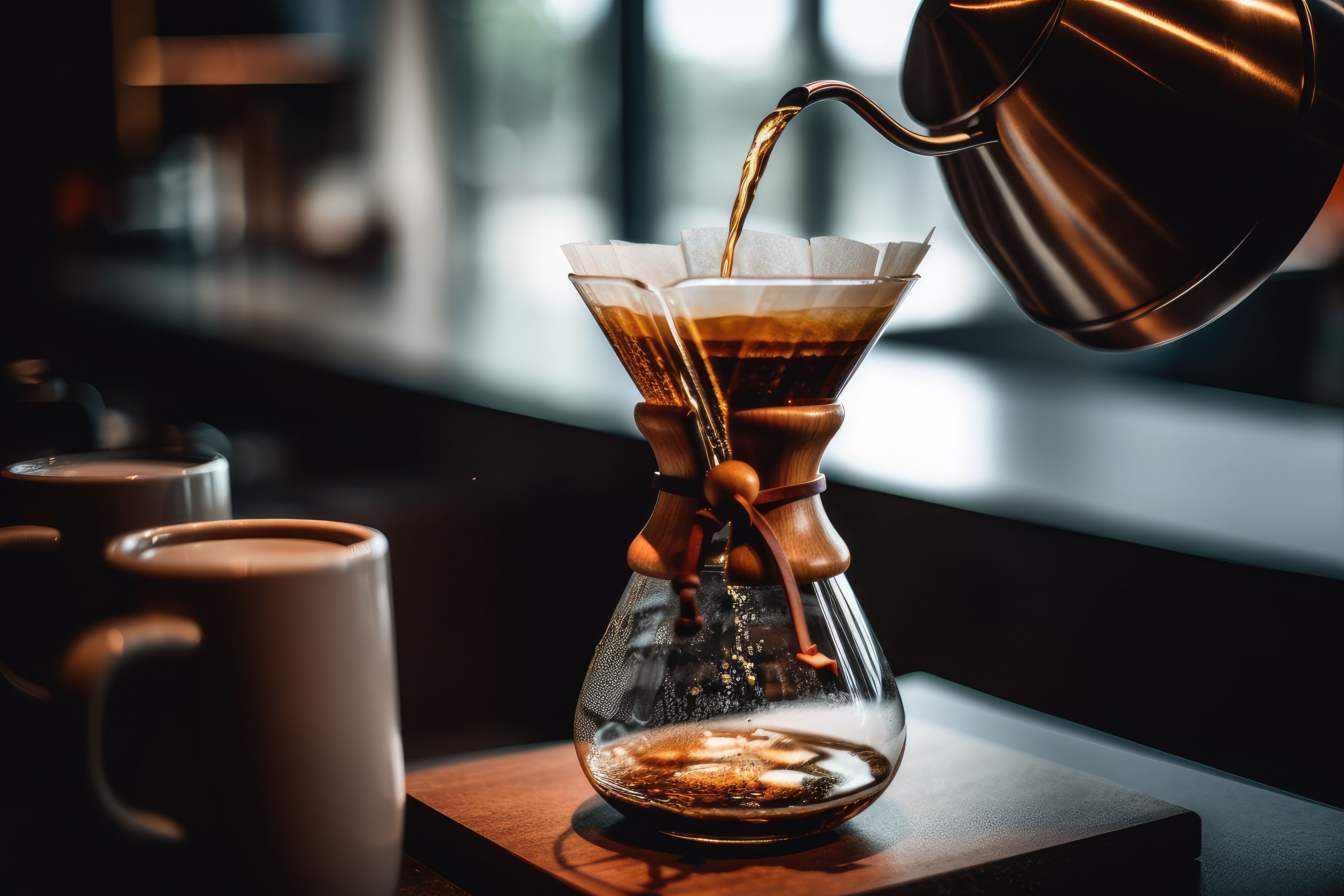
Brewing affects caffeine levels more than most realize:
- Drip Coffee: 65–120 mg caffeine per 8 oz cup.
- French Press Coffee: 100–137 mg caffeine.
- Pour-Over Coffee: 90–160 mg caffeine depending on grind and contact time.
- Espresso Machine: Uses pressure, extracting caffeine quickly in small volume.
The finer the grind, the more caffeine extracted — which is why espresso is strong despite its small size.
(National Coffee Association USA – Brewing Guide)
Arabica vs. Robusta Coffee Beans
The coffee bean type greatly influences caffeine concentration:
- Arabica coffee beans: ~1.5% caffeine by weight.
- Robusta coffee beans: ~2.7% caffeine by weight.
Robusta is often used in espresso blends for its higher caffeine and crema formation, while Arabica provides smoother, more nuanced flavor.
(International Coffee Organization (ICO), 2024)
Caffeine and Health: Benefits & Precautions
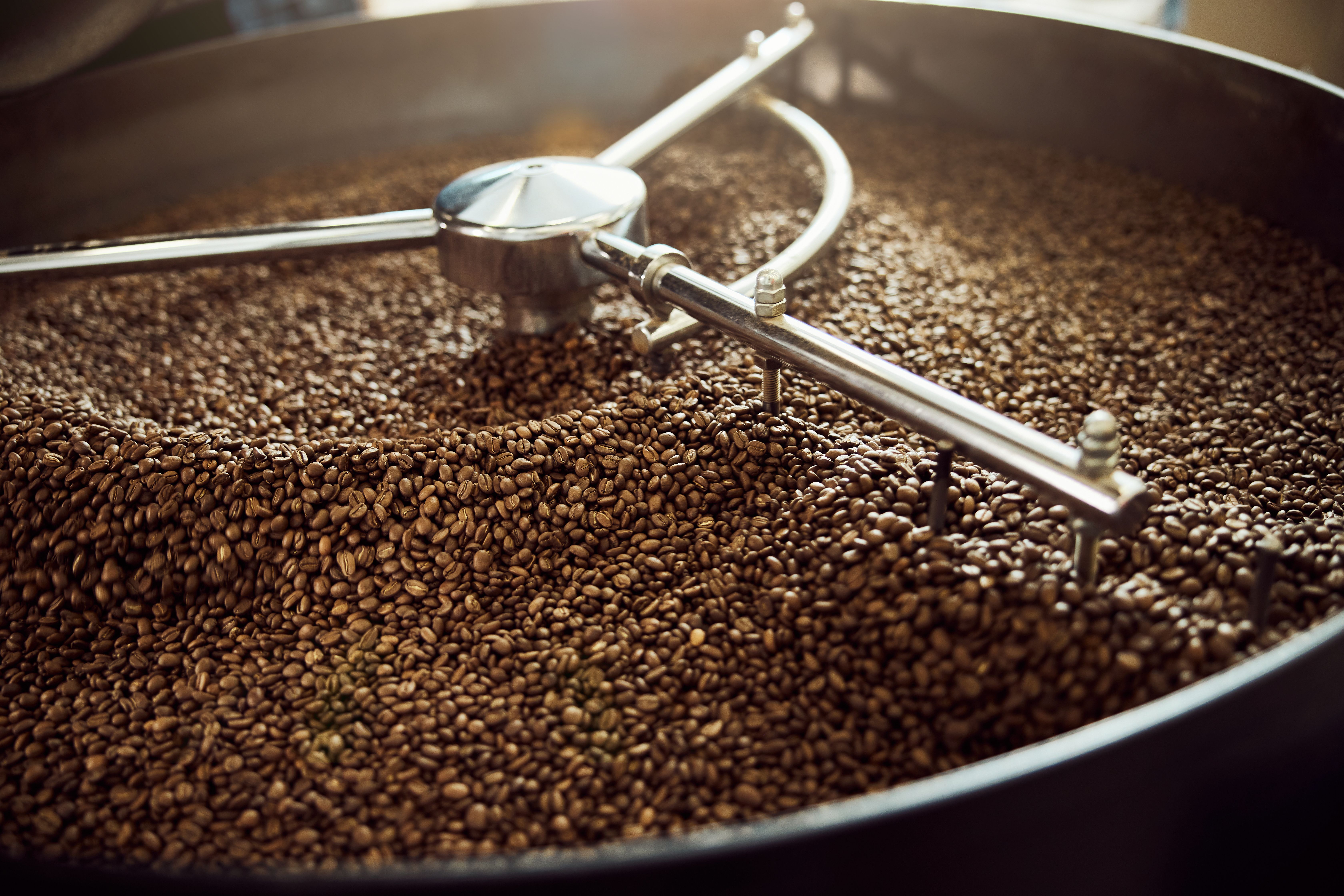
Potential Benefits
- Boosts alertness and focus.
- Linked to lower risks of Parkinson’s disease and type 2 diabetes.
- Rich in antioxidants and polyphenols.
Risks of Overconsumption
Excess caffeine may cause:
- Anxiety or jitteriness.
- Insomnia and elevated heart rate.
- Increased blood pressure in sensitive individuals.
The European Food Safety Authority (EFSA) recommends a safe daily limit of 400 mg of caffeine for adults.
(European Food Safety Authority – Caffeine Safety Report, 2023)
Water Quality: The Secret to Better Coffee
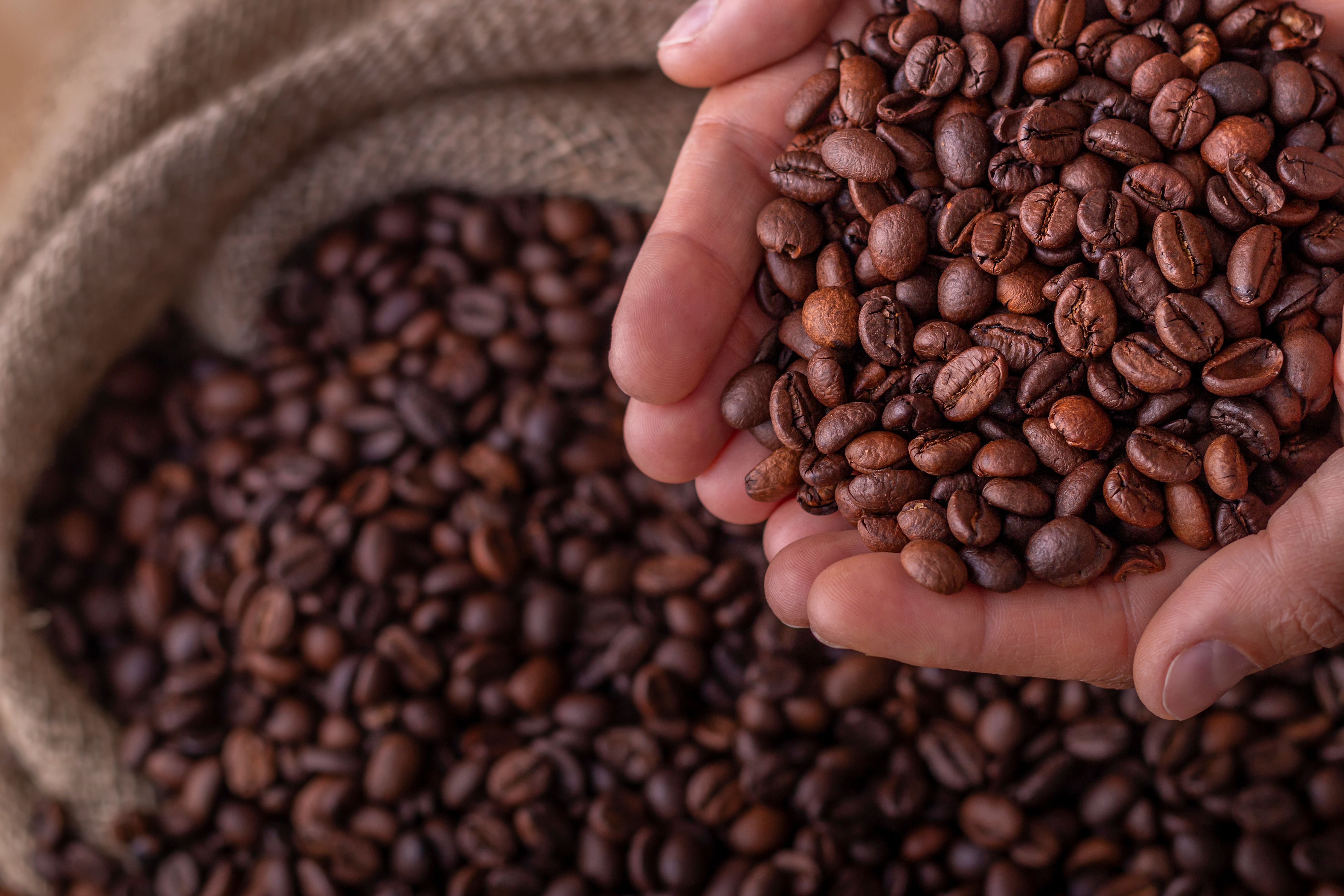
Even the best coffee beans or espresso machines can’t deliver flavour if the water is poor. Minerals, chlorine, and other impurities alter extraction and taste.
Bluewater’s Café Station 1™ uses SuperiorOsmosis™ technology to produce 99.7% purified water, enhanced with calcium and magnesium — the perfect mineral balance for optimal flavour and hydration.
Café Station 1™ Benefits
- Delivers pure, mineralized water ideal for coffee brewing.
- Maintains the perfect 2:1 calcium-to-magnesium ratio.
- Environmentally sustainable — eliminates single-use plastics.
- Works seamlessly with home coffee machines, barista setups, or bean-to-cup systems.
Learn more at Bluewater Café Station 1™.
Conclusion
Understanding how much caffeine is in your coffee helps you make informed choices for health and taste.
From espresso shots to cold brew coffee, caffeine levels vary widely — and brewing method, water quality, and coffee bean type all play a part.
For the best flavour and balance, combine freshly roasted coffee beans with pure, filtered water using Bluewater’s Café Station 1™ — ensuring every cup is clean, healthy, and perfectly brewed.
References
- USDA FoodData Central. “Caffeine Content of Beverages.” (2024).
- Harvard T.H. Chan School of Public Health. “Caffeine and Health.” (2024).
- European Food Safety Authority (EFSA). “Scientific Opinion on the Safety of Caffeine.” (2023).
- National Coffee Association USA. “How to Brew Coffee.” (2024).
- International Coffee Organization. “Arabica and Robusta Coffee Characteristics.” (2024).
